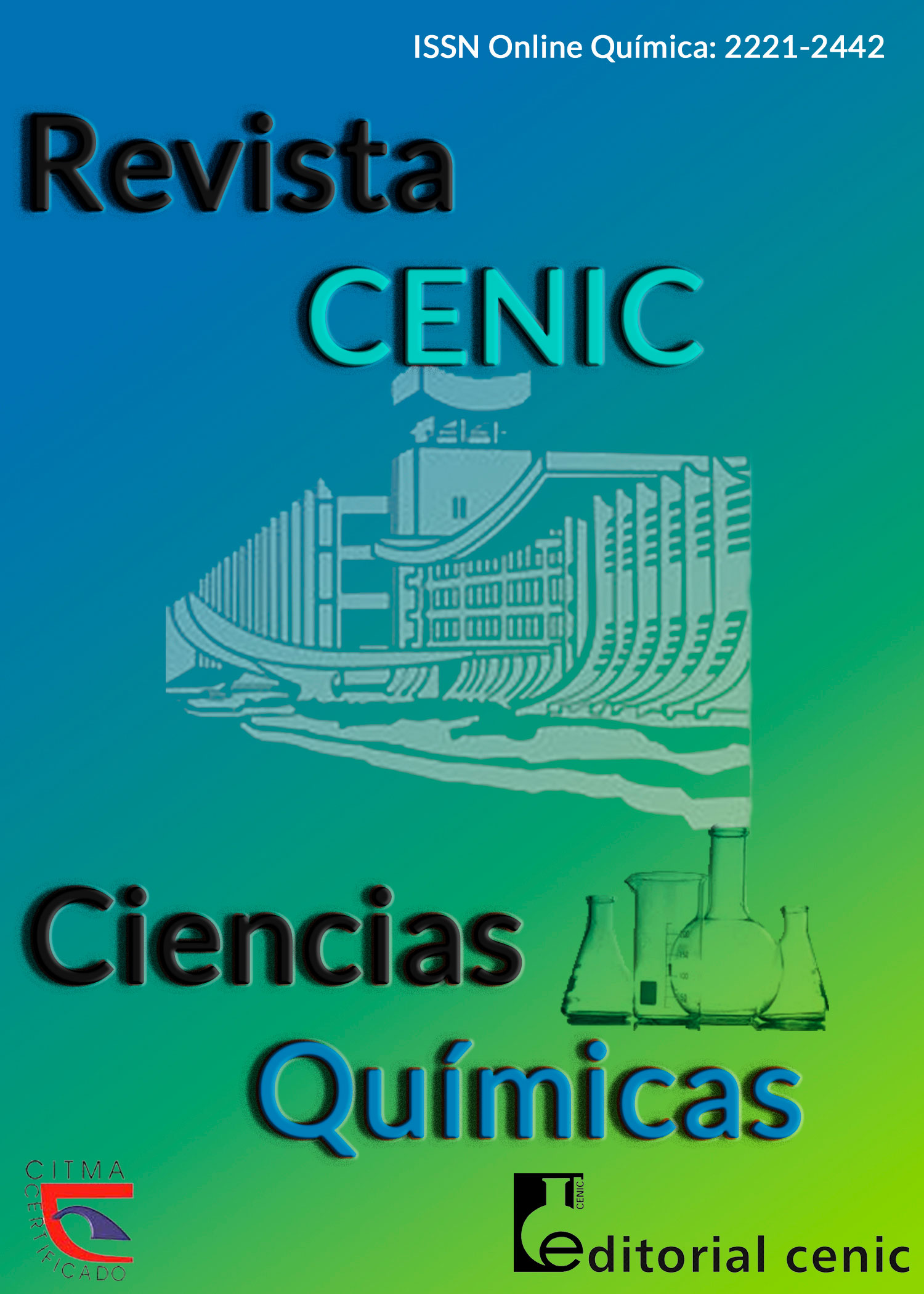Uso de plantas medicinales y conocimientos ancestrales en las comunidades rurales de la provincia de Cañar, Ecuador
Abstract
In rural areas of the Cañar province, there are numerous native and introduced plants for therapeutic use, which have been little known and little accessible in the population. The native inhabitants have been using these since ancient times, benefiting from the curative properties for the prevention and treatment of multiple diseases and energy healing. In this study, the objective was to locate and map plants of therapeutic use of great importance in public health. For the same, GPS and Mobile Topographer were used for the annotation of the approximate location. With the data, georeferencing was performed using the ArcGis 10.5 software. Additionally, the R software was used for the correlation between altitude and location of the plants. Likewise, the coordinates and landast 8 images were used for soil and vegetation analysis in the study area using ArcGis 10.5. Therefore, 87 plants with compromising therapeutic potentials, useful in traditional medicine of Cañar, have been located and described, and it is suggested to conserve, preserve, propagate, and investigate prophylactic doses.
Downloads

Downloads
Published
How to Cite
Issue
Section
License
Copyright (c) 2021 Copyright (c) 2021 Revista CENIC Ciencias Biológicas.

This work is licensed under a Creative Commons Attribution-NonCommercial-ShareAlike 4.0 International License.
Los autores que publican en esta revista están de acuerdo con los siguientes términos:
Los autores conservan los derechos de autor y garantizan a la revista el derecho de ser la primera publicación del trabajo al igual que licenciado bajo una Creative Commons Atribución-NoComercial-CompartirIgual 4.0 Internacional que permite a otros compartir el trabajo con un reconocimiento de la autoría del trabajo y la publicación inicial en esta revista.
Los autores pueden establecer por separado acuerdos adicionales para la distribución no exclusiva de la versión de la obra publicada en la revista (por ejemplo, situarlo en un repositorio institucional o publicarlo en un libro), con un reconocimiento de su publicación inicial en esta revista.
Se permite y se anima a los autores a difundir sus trabajos electrónicamente (por ejemplo, en repositorios institucionales o en su propio sitio web) antes y durante el proceso de envío, ya que puede dar lugar a intercambios productivos, así como a una citación más temprana y mayor de los trabajos publicados (Véase The Effect of Open Access) (en inglés).














